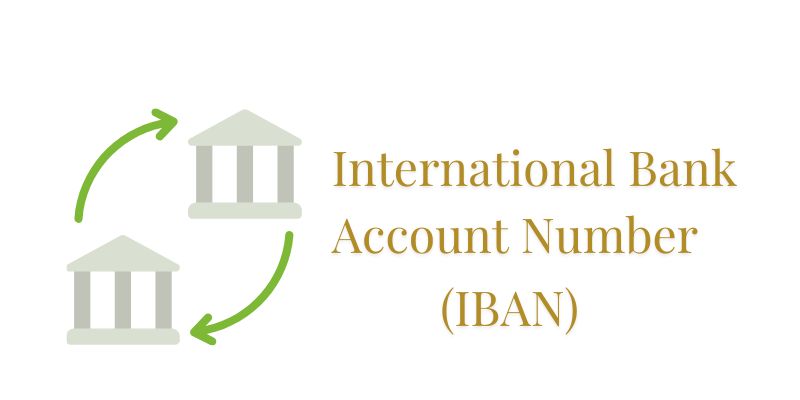An investing instrument known as a Recurrent Deposit (RD) account enables investors to make consistent monthly deposits and save money over a predetermined time frame. Investors can tailor both the duration of the warranty and the monthly payout amount to suit their needs best. RD plans are often more flexible than fixed deposit schemes, and as a result, they are the schemes that are chosen most frequently by individuals who wish to open an account to save money and develop an emergency fund.
How Can I Create an RD Account?
How to Set up Recurring Deposits? An RD account can be opened at a bank's branch or online.
Online application:
- To access your account, go online or use your mobile device.
- To create an e-RD account: click the "Create an e-RD Account" button.
- Indicate the account number you'd want the installments to be deducted from, the preferred installment amount, and the desired payment frequency. Indicate the beneficiary of the account funds and the interest rate to be applied.
- After verifying the maturity date, you must click the button indicating your acceptance of all terms and conditions.
- Provide the application. A receipt for the Purchase will be emailed to the address on file, and a confirmation message will be shown. The predetermined amount will reduce the provided sum.
Offline Application:
To open a Recurring Deposit (RD) account, start by visiting your preferred bank branch where you already hold a savings account, as this can simplify the process.
At the bank, you will need to complete the RD application form. This form requires various details such as the installment amount you wish to deposit regularly, the payment method you'll use (such as direct debit from your savings account), the term of the deposit, the name of any agent if applicable, and any other relevant details.
After filling out the form, you can make the initial deposit for your RD either by check or in cash.
Once you have submitted the application and made the initial deposit, a bank representative will process your application within the specified timeframe, and your RD account will be activated.
Features of Recurring Deposit
You can start a Recurring Deposit (RD) account with a minimum deposit of just Rs. 100 per month. RD accounts typically offer higher interest rates compared to standard savings accounts, with interest usually being compounded quarterly.
Banks often implement a lock-in period ranging from 30 days to 3 months for RD accounts. If you withdraw funds during this period, you won't earn any interest. Despite this, there is no limit to the number of RD accounts a single user can open.
Some financial institutions and even the U.S. Postal Service allow for advance deposits into RD accounts. However, it's important to note that partial withdrawals are not permitted, and while early withdrawals are possible, they do incur a fee.
For convenience, deposits into an RD account are made regularly and not in a lump sum, unlike fixed deposits. You can simplify the process by setting up automatic withdrawals from your savings account, ensuring you never miss a payment.
Interest rates for seniors may be boosted by an additional 0.25% to encourage savings. Additionally, minors are allowed to open an RD account under their own name provided they have parental consent and are supervised.
Advantages and Disadvantages of RD
Advantages of RD Accounts
- Teaches one to make a habit of saving money.
- If you are late with your RD payment for one month, you will not be penalized.
- Anticipate a rate of return on your investment that is superior to the one offered by a savings account.
- You can open a new account with as little as one hundred rupees for automatic deposits.
- The process of opening an RD account is simple and uncomplicated, especially if you already have a savings account with the financial institution.
- Simple documentation process. For the most part, existing members are exempt from submitting any documentation.
- An excellent choice for savings that will help you achieve your immediate objectives.
Diadvantages of having an RD Account
- You will not receive any returns if you withdraw your money during the lock-in period.
- A penalty will be assessed for a premature or partial withdrawal, and specific requirements must be met.
- The amount of each payment is predetermined.
- The interest rate is lower than other products available for investment.






